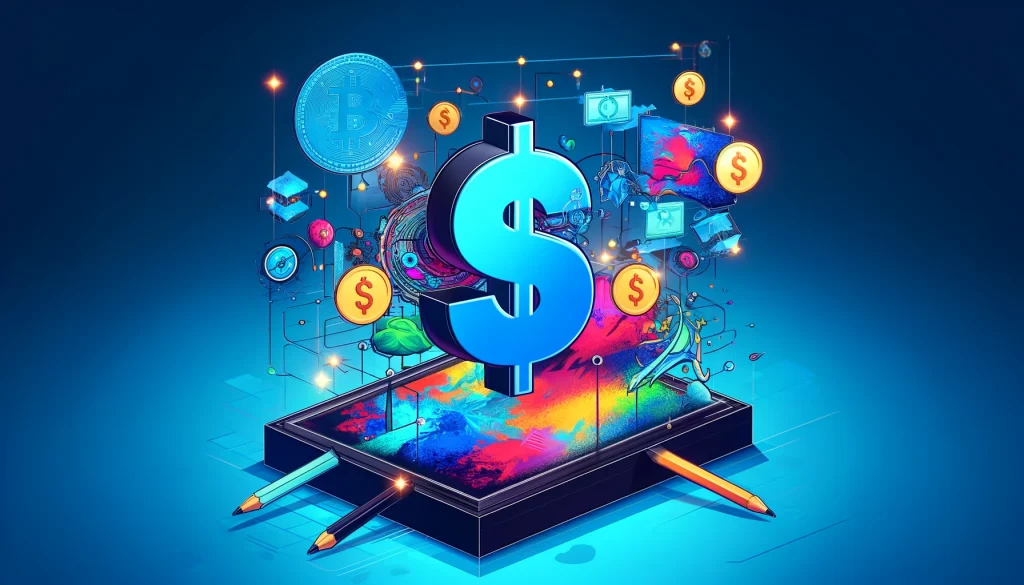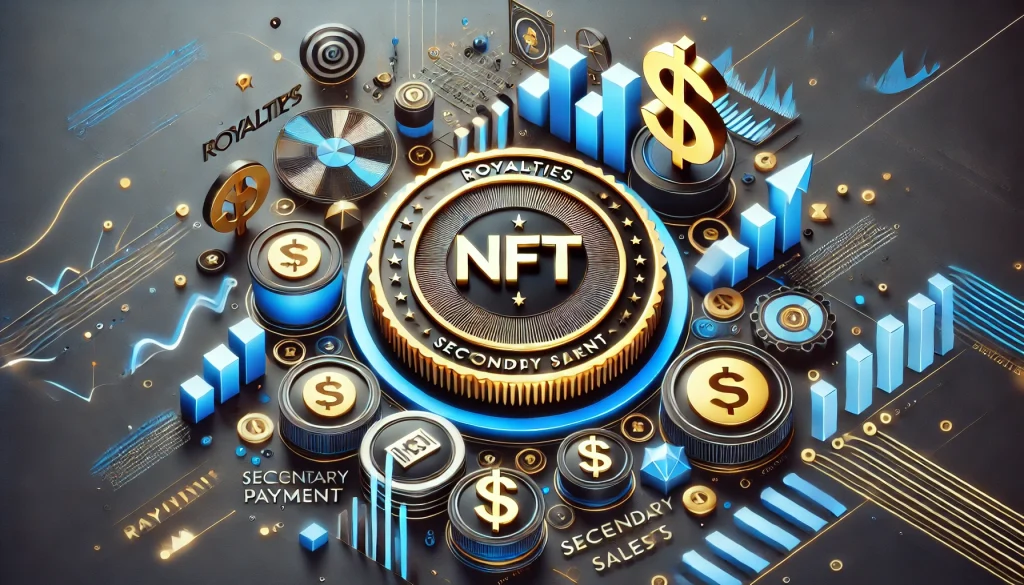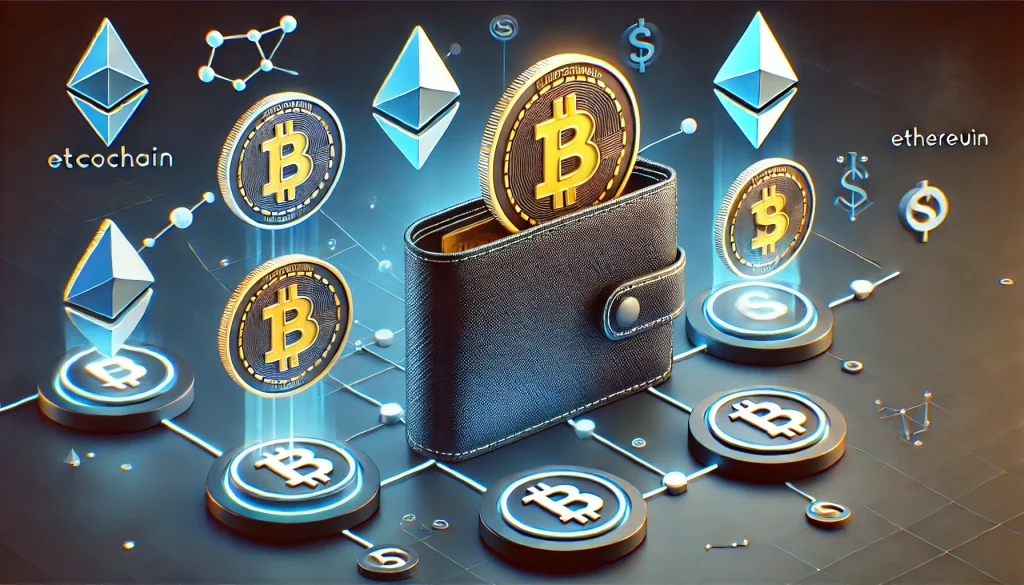
The rise of NFTs (Non-Fungible Tokens) has revolutionized the digital art and collectibles space, offering new ways for creators to earn ongoing income through royalties. NFT royalties allow creators to receive a percentage of sales each time their NFT changes hands in secondary markets, creating a revenue stream that didn’t exist before in traditional art sales.
Maximizing your NFT royalties can lead to substantial financial rewards, especially in booming marketplaces like OpenSea, Rarible, or SuperRare. Whether you’re an artist looking to secure your earnings or a collector interested in capitalizing on future trades, mastering NFT royalties is essential.
Materials or Tools Needed
- NFT marketplace accounts (OpenSea, Rarible, SuperRare)
- A crypto wallet (MetaMask, Trust Wallet, etc.)
- Knowledge of NFT royalty platforms like Rally or Kaleido
- An understanding of cryptocurrency (Ethereum, Solana, etc.)
Step-by-Step Instructions to Maximize NFT Royalties

Step 1: Choose the Right Marketplace
Not all NFT marketplaces offer the same royalty structures. Start by researching platforms that allow you to set royalties on your digital creations. Popular NFT marketplaces like OpenSea, Rarible, and SuperRare let creators set royalty rates when they mint their NFTs. However, platforms may have different limits or fee structures. Make sure you choose a marketplace where you have control over your royalty percentage, ideally between 5% and 10%. Higher percentages can provide more income but may deter buyers.
Step 2: Set Your Royalties During the Minting Process
When creating your NFT, you’ll have the opportunity to set your royalty percentage during the minting process. This is a critical step because it determines how much you’ll earn each time your work is resold. To maximize earnings, consider balancing your percentage with market trends. If you price your royalty too high, it might discourage buyers from reselling, while too low might leave money on the table. Platforms like Kaleido and Rally provide excellent resources to help you optimize your strategy.
Step 3: Promote Your NFT to Drive Secondary Sales
Royalties only generate income through secondary sales, so it’s essential to market your NFT effectively. Utilize social media channels, engage with NFT communities on platforms like Discord, and collaborate with influencers in the crypto space to create buzz around your collection. The more demand for your work, the more likely it is to be resold, maximizing your royalty income. Consider partnering with collectors who have significant followings, which can increase visibility and potential resale value.
Step 4: Keep Track of Transactions and Adjust Strategy
After your NFTs are sold, monitor how they perform in secondary markets. Platforms like AirNFTs or Rally provide detailed transaction histories, including royalty payments. If your works are frequently reselling at lower prices than expected, you might need to adjust your strategy, such as lowering the royalty rate on future releases or creating exclusive content for higher-tier buyers. Regularly review and fine-tune your approach to stay competitive.
Do’s and Don’ts

Do’s:
- Set Realistic Royalties: Keep royalties between 5% and 10% to balance your earnings and market demand.
- Engage Your Audience: Building relationships with collectors can encourage them to resell your NFTs, which benefits you through royalties.
- Use Multiple Platforms: Diversify by listing your NFTs on multiple marketplaces to increase visibility and sales potential.
Don’ts:
- Don’t Set Royalties Too High: If you demand more than 10%, you risk discouraging buyers from reselling, reducing your royalty opportunities.
- Avoid Low-Quality Marketplaces: Stick to reputable platforms that offer clear royalty structures and transparent fees. Shady platforms may not honor royalty agreements.
- Don’t Forget Marketing: Simply listing your NFTs won’t generate sales. Active promotion is key to driving resales and maximizing royalties.
Conclusion
Maximizing your NFT royalties involves careful planning, marketplace research, and ongoing engagement with your audience. By setting appropriate royalty rates, using the right platforms, and consistently promoting your work, you can create a lucrative revenue stream that rewards you long after the initial sale. Dive into the world of NFT royalties, and start maximizing your earnings today!
FAQs
What is the best royalty percentage to set for NFTs?
Typically, a royalty percentage between 5% and 10% is considered ideal. This strikes a balance between fair compensation for the creator and market demand.
Do all NFT platforms support royalties?
No, not all platforms support royalties. Marketplaces like OpenSea, SuperRare, and Rarible allow creators to set royalties, but it’s important to verify the marketplace’s terms.
How can I track my royalty payments?
Most NFT platforms provide detailed transaction histories, where you can view your royalty payments and secondary sales. Some creators also use blockchain explorers to verify transactions.
